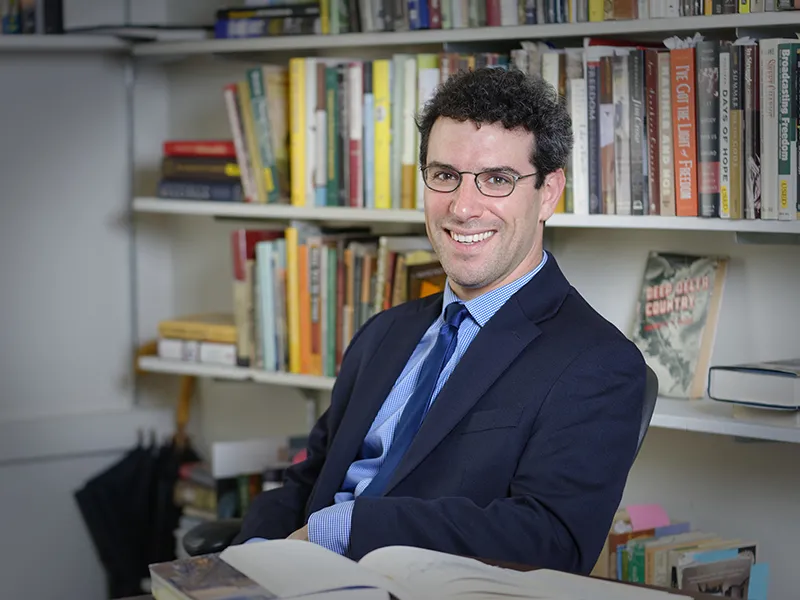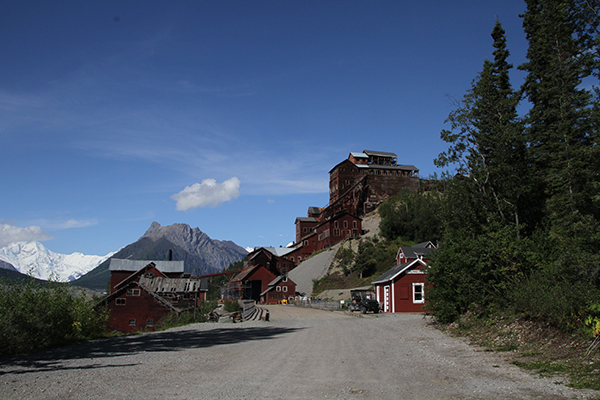
As a historian, I am interested in how political, cultural, and economic processes change the world. But my current research examines places that might seem, on the surface, to be out of reach of those processes.
A 3,500-mile plane ride from New Orleans to Anchorage, 250 miles of paved road from there to Chitina, then 60 miles of gravel road along what had once been the tracks of the Copper River and Northwestern Railroad—this was just the beginning of my journey last summer. When I made this trip in August, the gravel road had recently been graded, which seemed like a happy coincidence until I learned that the bulldozer unearths century-old railroad spikes that wreak havoc on car tires. You are advised to travel with four full spares. If you can make it, the road ends at the Copper River. From there, a short walk across a footbridge leads to McCarthy, a town with a population of 28, deep in Wrangell-St. Elias National Park. Finally, amid the soaring and snow-covered Wrangell Mountains, a six-mile dirt road—with potholes to rival New Orleans’—ends at the toe of the Kennicott Glacier.
With generous support from a Carol Lavin Bernick Faculty Grant, I made this trip to pursue a provocative irony: Wrangell-St. Elias is the largest designated wilderness area in the United States—I have never been anywhere that felt so remote—and yet, masquerading as a pre-industrial nature preserve was a post-industrial capitalist landscape. As I walked down the road through Kennecott, I found myself among the hulking remains of the Kennecott copper mines, which, in the 1910s and 1920s, had been some of the most productive and lucrative in the world. The mines were owned, in part, by the robber barons J. P. Morgan and Daniel Guggenheim. Morgan and Guggenheim extracted over $200 million worth of copper, approximately $3 billion in today’s dollars, from Kennecott. This vast wilderness had once been at the center of industrial development and global finance.
My new research project explores Kennecott and other places like it—places that have been transformed by the so-called creative destruction of extractive industry. I believe that studying the seemingly paradoxical connections between wilderness and extraction can help us make sense of our world today: a place where all environmental processes are suffused with human action, where the “environment” and “nature” can no longer signal forces that can be easily distinguished from the social structures of inequality, and where the values that create our ties to home often serve, at the same time, to destroy it.

Photo by Andy Horowitz.

Andy Horowitz, assistant professor in the Department of History, specializes in modern American political, cultural, and environmental history. His current research explores disasters and the questions they give rise to about race, class, community, trauma, inequality, the welfare state, urban and suburban development, extractive industry, and environmental change.

